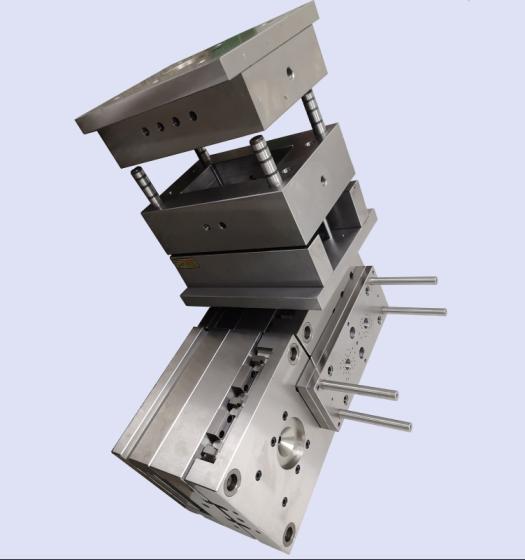Unveiling the Art of Injection Molds: A Comprehensive Guide
Injection molds play a crucial role in the manufacturing process of countless everyday products we encounter. These sophisticated tools are designed to shape molten material into specific forms, ranging from intricate parts to simple objects. At the heart of industrial production, injection molds embody a blend of engineering precision and artistic finesse, transforming raw materials into refined creations with unmatched efficiency and accuracy.
Manufactured by skilled technicians known as injection molder s, these tools are meticulously crafted to meet precise specifications. Through a meticulous process that involves creating a precise design, carving intricate cavities, and establishing complex channels, injection molds are tailored to suit the unique demands of each production project. The intricate dance between material properties, machine precision, and human expertise forms the backbone of the injection molding industry, showcasing the harmonious melding of technology and artistry in the quest for manufacturing perfection.
Types of Injection Molding Processes
There are several types of injection molding processes used in the industry, each with its own unique benefits. One common type is the conventional injection molding process, which involves melting the material in a heated barrel before injecting it into a mold cavity.
Another popular method is gas-assisted injection molding, which utilizes nitrogen gas to help fill the mold cavity with the material. This process results in hollow or partially hollow parts with reduced material use and improved strength.
Additionally, there is also insert molding, a process where pre-formed components are inserted into the mold before the material is injected. This method allows for the creation of complex parts with enhanced stability and reduced assembly requirements.
Key Components of an Injection Molding Machine
Injection Molds: A Comprehensive Guide would be incomplete without discussing the key components of an injection molding machine. At the heart of the machine is the injection unit, which is responsible for melting and injecting the raw material into the mold cavity. The injection unit consists of a hopper, a barrel, and a reciprocating screw that ensures precise and consistent material flow.
Next, we have the clamping unit, which ensures that the mold remains securely closed during the injection process. This unit consists of the mold, the clamping mechanism, and the hydraulic system that provides the necessary force to keep the mold closed. The clamping force applied is crucial in determining the quality and consistency of the final product.
Lastly, the hydraulic system plays a vital role in controlling and coordinating the various movements of the injection molding machine. This system powers the injection unit, the clamping unit, and other auxiliary functions such as ejecting the finished part from the mold. The proper functioning of the hydraulic system is essential for the overall performance and efficiency of the injection molding process.

Common Defects in Injection Molding Processes
One common issue that arises in injection molding is “Flash.” This occurs when excess material escapes from the mold cavity, leading to thin fins or excess material at the parting line.
Another frequent defect is “Sink Marks.” These depressions can form on the surface of the molded part due to insufficient material flow or cooling too quickly.
“Warpage” is another challenge faced in injection molding processes. It results in the deformation of the part due to uneven cooling or residual stresses within the material.